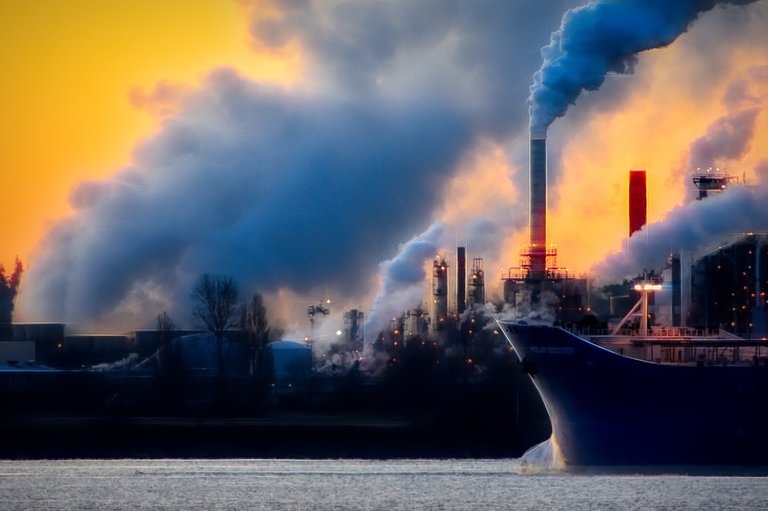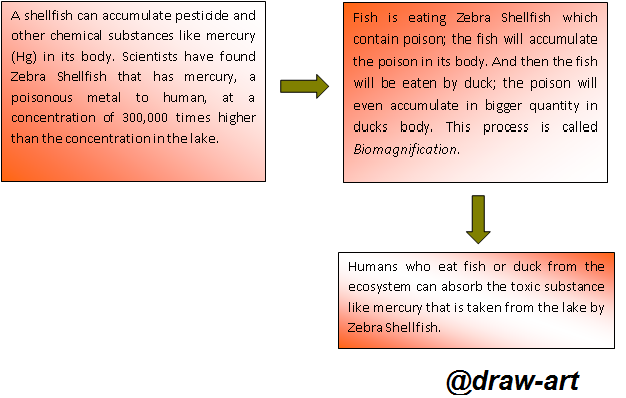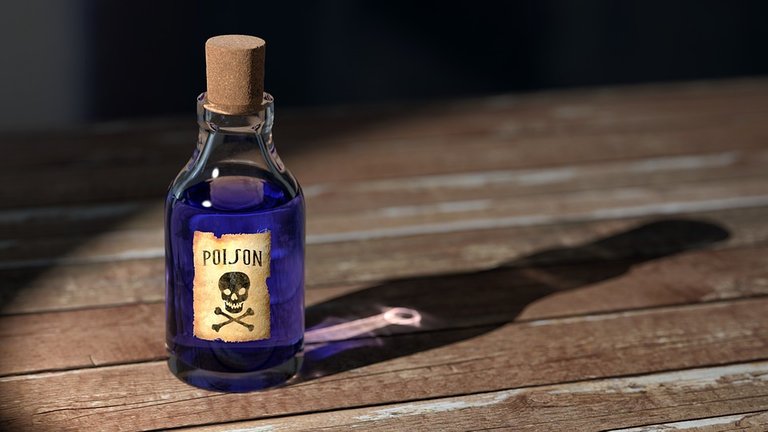At the investigation activity, maybe you have observed the quality of water in ponds or rivers in your house neighborhood or your villages. And you have also proved whether the water is poisonous for plants and animals in the neighborhood. Water considered for be “good” for living or organisms in the rivers or ponds, may not be “good” for other living organisms, or it may even cause death.

Pollution is the introduction of contaminants into the natural environment that cause adverse change. Pollution can take the form of chemical substances or energy, such as noise, heat or light. Pollutants, the components of pollution, can be either foreign substances/energies or naturally occurring contaminants. Source
Poisonous substances
The poisonous substances which come into the environmental is a form of contamination (pollution). Pollutants are wastes that cause pollution. This explains some changes that happen in the environment.
But now can you tell what pollutant is? Shows that nitrogen that is decomposed from waste and is essential nitrogen for all organism may turn to become pollutant.
In biology, poisons are substances that cause disturbances in organisms, usually by chemical reaction or other activity on the molecular scale, when an organism absorbs a sufficient quantity. Source
Sometimes, it easy to find things becomes pollutant in our ecosystem. For instance, when we see many dead fish in riverbanks, scientists can do a research to check the quality of water there. They can check the oxygen in water, acidity (pH) or the poisonous substances that can kill the fish.
Chemical substances
At other time, a complex chemical analysis is needed to check the water quality. Scientist using a kind of gas chromatography like machine to detect and identify the chemical substances in the ecosystem. The existence of chemical substances in our ecosystem does not indicate the cause of destruction.To distinguish the dangerous chemical substances from the ones which are not, it is necessary to conduct experiment to determine the toxicities of those substances. Toxicity is a measurement of how much a substance is needed to poison or kill organisms.
The result of the above experiment will be considered when we need to decide whether one substance is a pollutant or not.
As an example, cyanide is a toxic substance used in some industrial processes. Waste which contains cyanide is very dangerous. An adult will be sick or even die if he/she consumes cyanide more than 300 mg. The naturally, cyanide is also found in apples and other fruits.
Scientists are more worried on the quantity of chemical substances that pollute the ecosystem than their degree of toxicity. Some substances in big amount can cause pollution. Salt (NaCl) is not toxic, but if there is a lot of in the environment, it can cause serious damage to the ecosystem. Infiltration of salty water to fresh water and the increase of salt content in the ground, make some plants difficult to grow in that place.
Another damaging
Another damaging chemical substance is pesticide. Pesticide is a chemical substance which is used to kill pest and microbes that infect plants. How to use that substance is developed based on the environmental study.
The effect of biotic factors is more difficult to explain. When chemical substances enter into food chain, organisms in the system might keep these substances in their bodies. The substance will accumulate in their bodies. This process is called Biomagnification. Some organisms have the ability to keep the toxic substance in their bodies, because of their eating ways.

